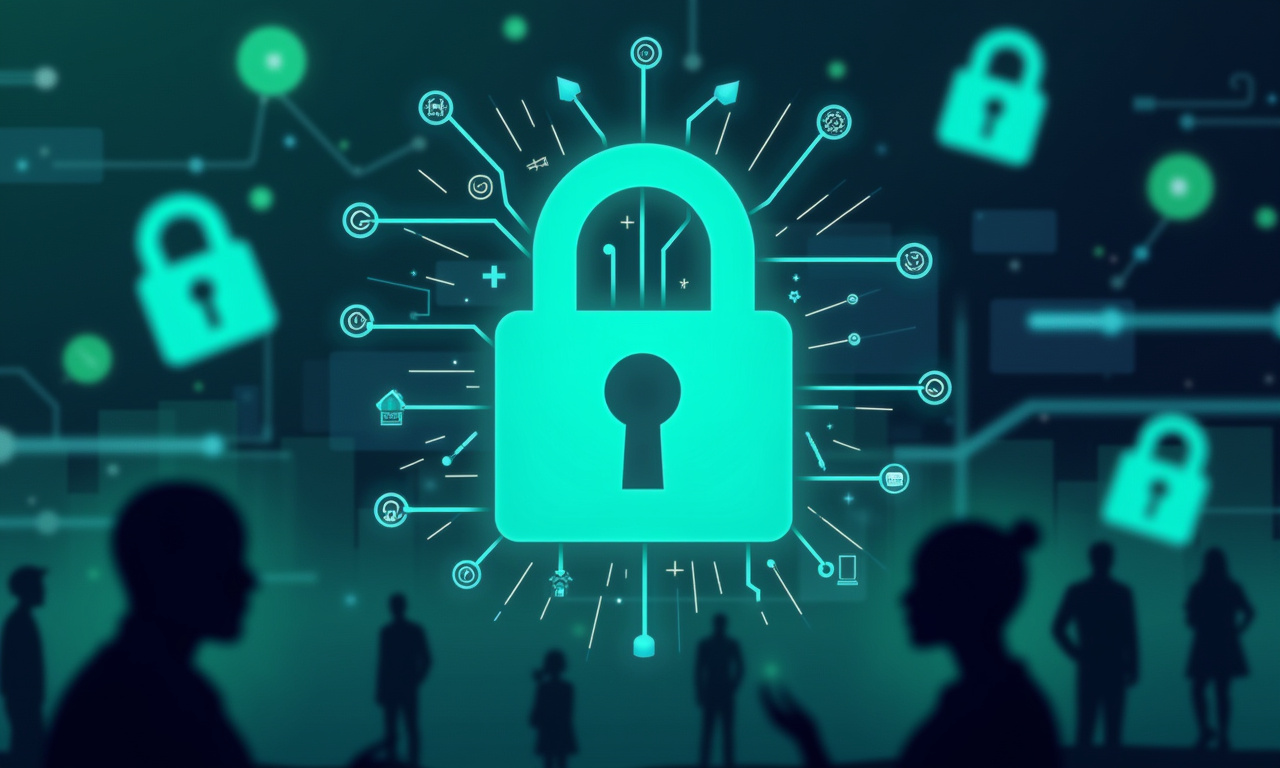In June 2025, cybersecurity researchers uncovered a staggering 16 billion login details circulating online, compiled into approximately 30 extensive data sets. This enormous leak has furthered the discussion around whether traditional password-based systems are secure enough. It has stimulated conversations far and wide about the promise of decentralized identity solutions. Our breach illustrates the limitations of legacy security technologies like two-factor authentication (2FA) and password managers. This reality calls for a radical change to the ways we conceive of, govern, and defend our digital selves. Along with billions of passwords now cracked, many of them are still live. This breach poses significant risks surrounding identity theft, financial fraud, and long-term privacy threats.
The exposure of over 600 million credentials speaks to the inherent dangers in centralized password stores. Users out there who don’t use decentralized identity, traditional login systems focus millions, billions of credentials in centralized vaults, a hacker’s dream and doesn’t scale right. Once in a server, attackers can obtain troves of sensitive data. In reality, this breach has the potential to hack several accounts simultaneously. Unfortunately, many people tend to share passwords between different sites. This setup increases the danger tremendously, as one breached account can open up a whole digital existence via credential stuffing attacks.
The Scope of the Leak and its Impact
From leaks of specific data sets, Cybernews researchers recently discovered up to 3.5 billion records. One interesting twist to this finding is that it brings the total 16 billion leaked credentials—yes, BILLION. This unprecedented volume of exposed data creates a perfect storm for malicious actors to take advantage of these compromised accounts. When one account gets hacked, the fallout goes far beyond a single platform. This leaves all of it vulnerable — every email exchange or even your online banking information.
The potential ramifications of this enormous leak are extensive. Cybercriminals have accumulated billions of passwords at this point. This historic spike has significantly increased the opportunity for both identity theft and financial fraud. Once a person’s credentials are compromised, they are vulnerable to account takeovers. This can result in significant economic harm, loss of their good name, and mental anguish. Long-term privacy harms stemming from these breaches are a serious and compelling threat. Hacked or stolen data can be used to tailor sophisticated phishing and other social engineering attacks and other online threats.
It’s even more troubling when considering how many of those leaked credentials are still active. Too many people continue to use insecure or easily guessable passwords, even with all the available password safety how-to’s. They tend to fail to renew their credentials post-breach. This mind-boggling neglect enables attackers to take advantage of well-known vulnerabilities and infiltrate accounts that otherwise would be totally secure.
The Rise of Infostealer Malware
One of the main reasons for the rapid growth of stolen credentials is infostealer malware. These bad actors develop programs with the specific intention of breaking into secure systems and stealing private information, including account usernames, passwords, and credit card numbers. In 2024, infostealer malware exfiltrated a record 2.1 billion credentials. That accounts for almost two-thirds of all credentials consumed by these badachebots.
Infostealer malware is most frequently distributed through phishing emails, malicious websites, and software vulnerabilities. After the malware is deployed on a target’s machine, it silently collects information. After that, it transmits the data to a third-party server owned by cybercriminals. Cybercriminals gather these stolen credentials into large data sets. For these reasons, they hawk these data sets on the dark web, where they are bought and sold for use in credential stuffing attacks and other e-crimes.
Given the effectiveness of infostealer malware, it is crucial that all users practice strong cybersecurity hygiene. Users need to be wary about clicking on potentially dangerous links or downloading work-related files from non-work-related emails. Keeping software up to date with the latest security patches can help to prevent malware from exploiting known vulnerabilities.
The Case for Decentralized Identity
Traditional password-based systems are starting to become too risky. Thus, decentralized identity solutions are touted as the viable alternative. Decentralized identity systems directly address the fragilities inherent in centralized password storage. They store identity information on a distributed network, rather than centralizing it under one roof. This “fully distributed” approach removes the one-point failure that makes today’s systems so susceptible to attack.
These decentralized identity systems use blockchain technology to develop immutable, cryptographically secure, and publicly verifiable records of individual identity credentials. More user control Users have increased transparency and control over their own data by determining who has access to that data and for what purpose. This method provides more privacy and security, safeguarding against identity theft and fraud.
Decentralized identity systems are still in their early stages of development. They allude to a far more promising future for digital identity management. These systems move beyond the centralized password vault paradigm that has been popularized by many password managers. They put users back in the driver’s seat with their data, resulting in a safer, more trustworthy, and privacy-centric internet.




